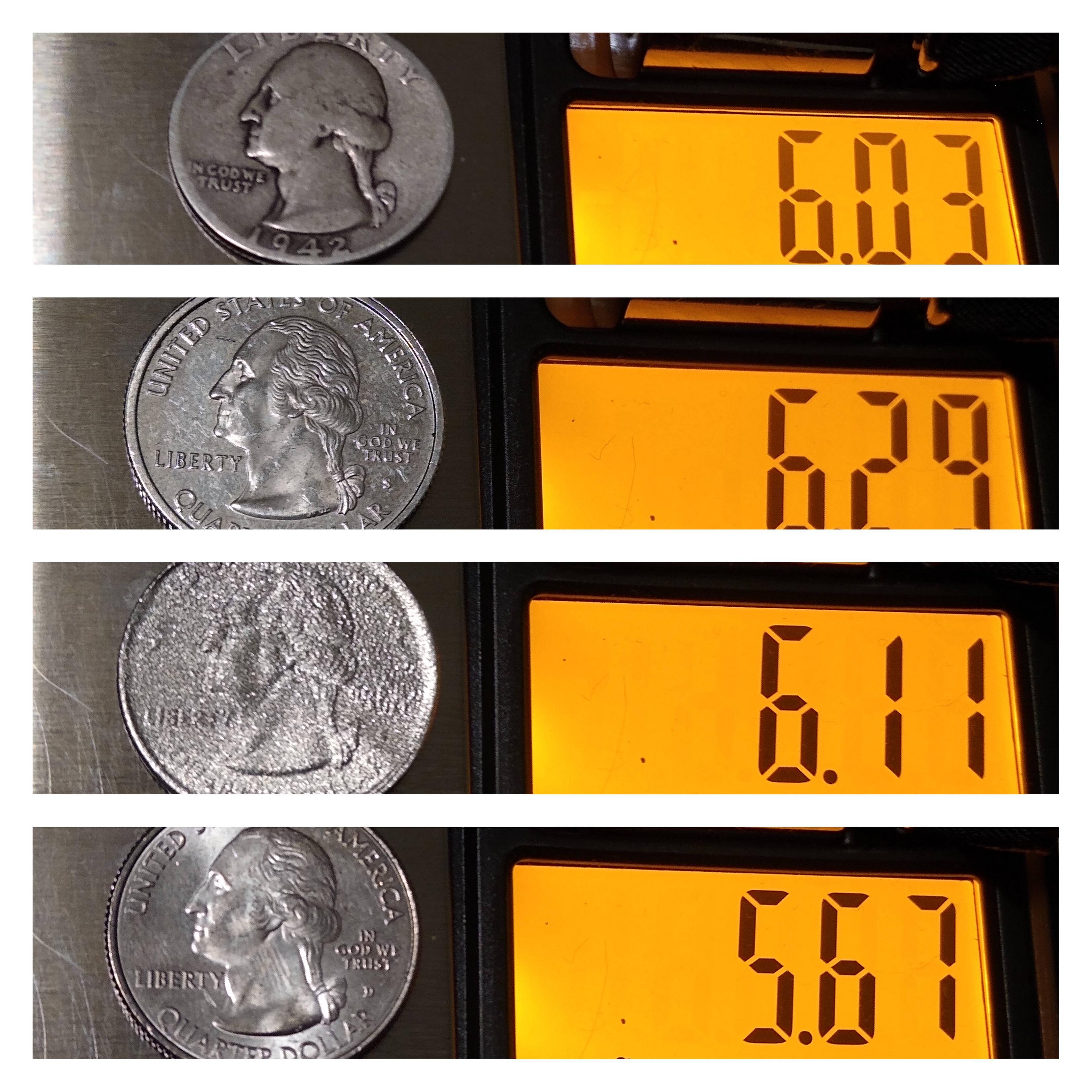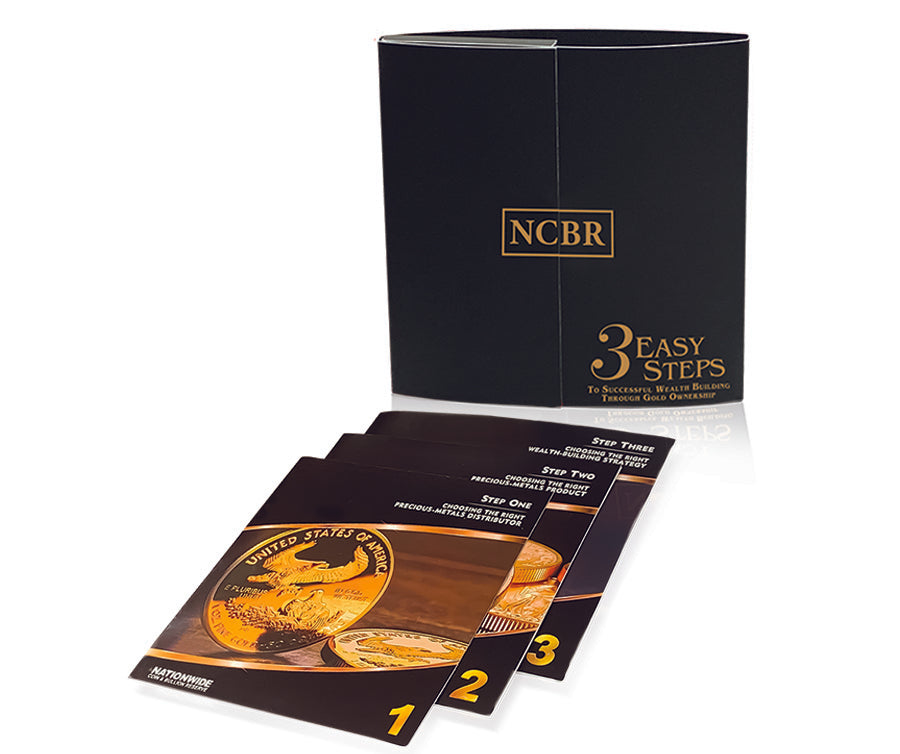How much do quarters weigh? This is a straightforward question that should have a straightforward answer: 5.670 grams. To an extent, this is the cut-and-dry response. However, this only pertains to United States quarters that have been minted since 1965.
You might be curious what factors, aside from the obvious being material content, play a role in what quarters weigh? Do different quarters hold different weights based on their features, their minting site, or even perhaps the state it represents?
METAL CONTENT
To explain why all quarters in the United States’ history do not weigh in at the current standard of 5.670 grams, it is important to consider the various metal make-ups used to create quarters. Since 1965, quarters have been comprised of over 90% copper with the remaining content being the outer layer of nickel plating.
Prior to this 1965 shift, American quarters weighed in at 6.25 grams from 1873 up until 1964. During this time, quarters were comprised of 90% silver and 10% copper. This content ratio explains the greater weight over today’s coins.
Even before 1873, in the earliest days of the existence of the United States of America and its coinage, the weight of a quarter was not consistent with its later years. The Coinage Act of 1792 indicated that the quarter would weigh in at more than 12 grams and would be comprised entirely of silver, a combination of 6.01 grams pure silver and 6.74 grams standard silver. This remained the answer to how much quarters weigh until the enactment of the Coinage Act of 1873.
ARE THEY ANY OTHER FACTORS?
Although the worth and value of various state quarters are not always equal, their weight is a standard American practice that remains unchanged and consistent with federal minting standards. The state a quarter represents, the design featured on the different state or annual quarters, nor does the official United States minting location have any effect on what quarters weigh.
QUARTERS WEIGHT VS. OTHER AMERICAN COINS
Similar to quarters and their weight, other American coins have undergone a similar history with shifting weights dependent on their metal content and ratios. For the sake of the current discussion, let’s focus on what quarters currently weigh based on federal standards and the same for our other common coins.
As one may suspect, of the most common coins we might all regularly find in our pocket change, a quarter’s weight is the highest. In fact, they are only outdone by the circulated half dollar, which weighs 11.340 grams, and the dollar coin, which weighs 8.1 grams.
More common coins fall below what a quarter weighs, as they are smaller and/or comprised of less heavy metal content, and aside from the nickel, are thinner in diameter. Pennies weigh 2.500 grams and are made of 75% copper and 25% nickel alloy. Nickels weigh in at 5.000 grams, the closest common coin to a quarter’s weight, and are made of identical composition as pennies: 75% copper and 25% nickel. Finally, dimes, the lightest coin, weigh 2.268 grams and are made of, again, copper and nickel.
Ultimately, and as expected, quarters weigh more than the other most common coins at 5.670 grams. Although the question itself is straightforward and the answer can be found easily, it is interesting to dive into the history of a quarter and its weight, what factors play a role, and where it falls among the weight of other coins.
Real Time Precious Metals Data Below






